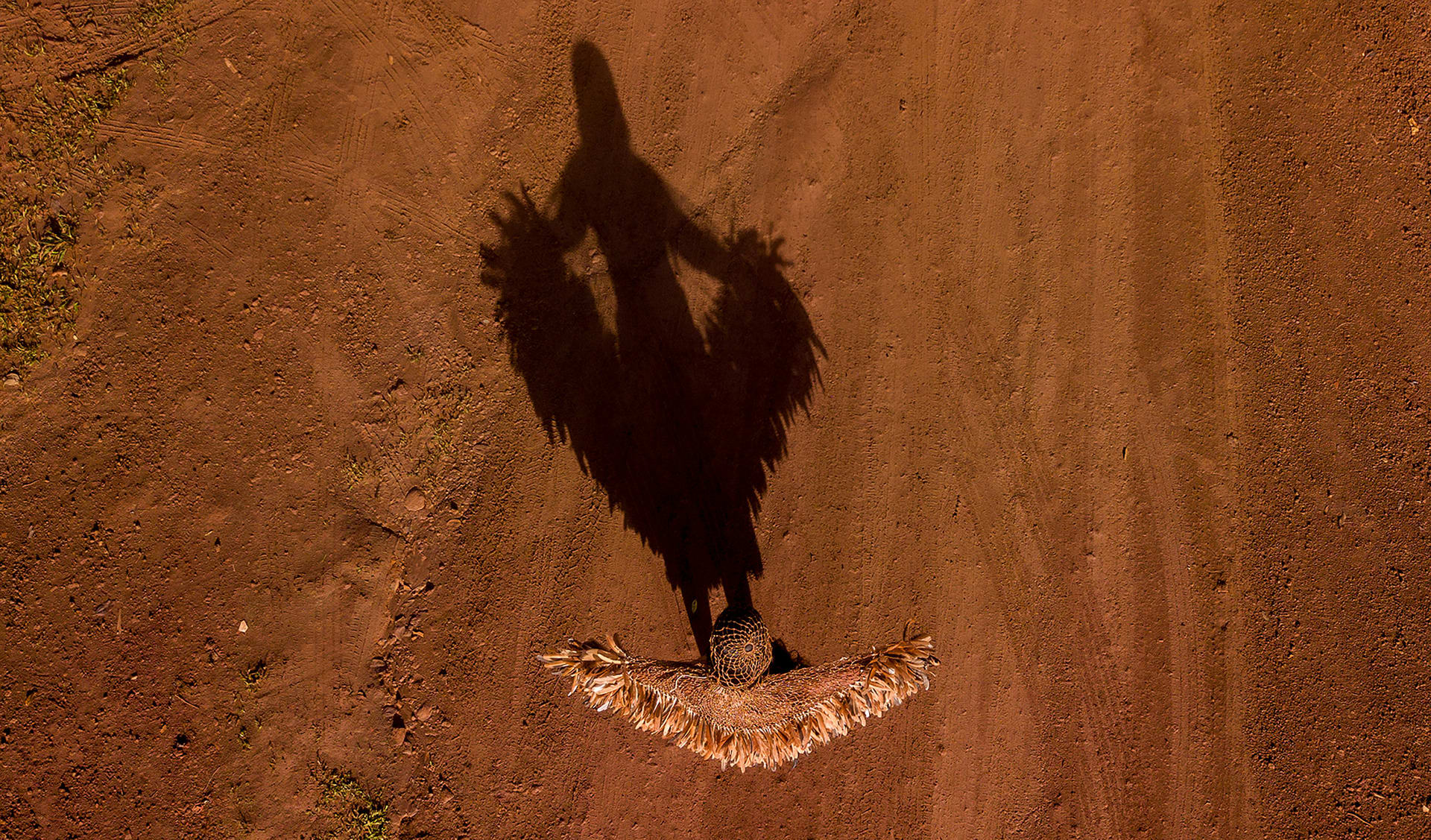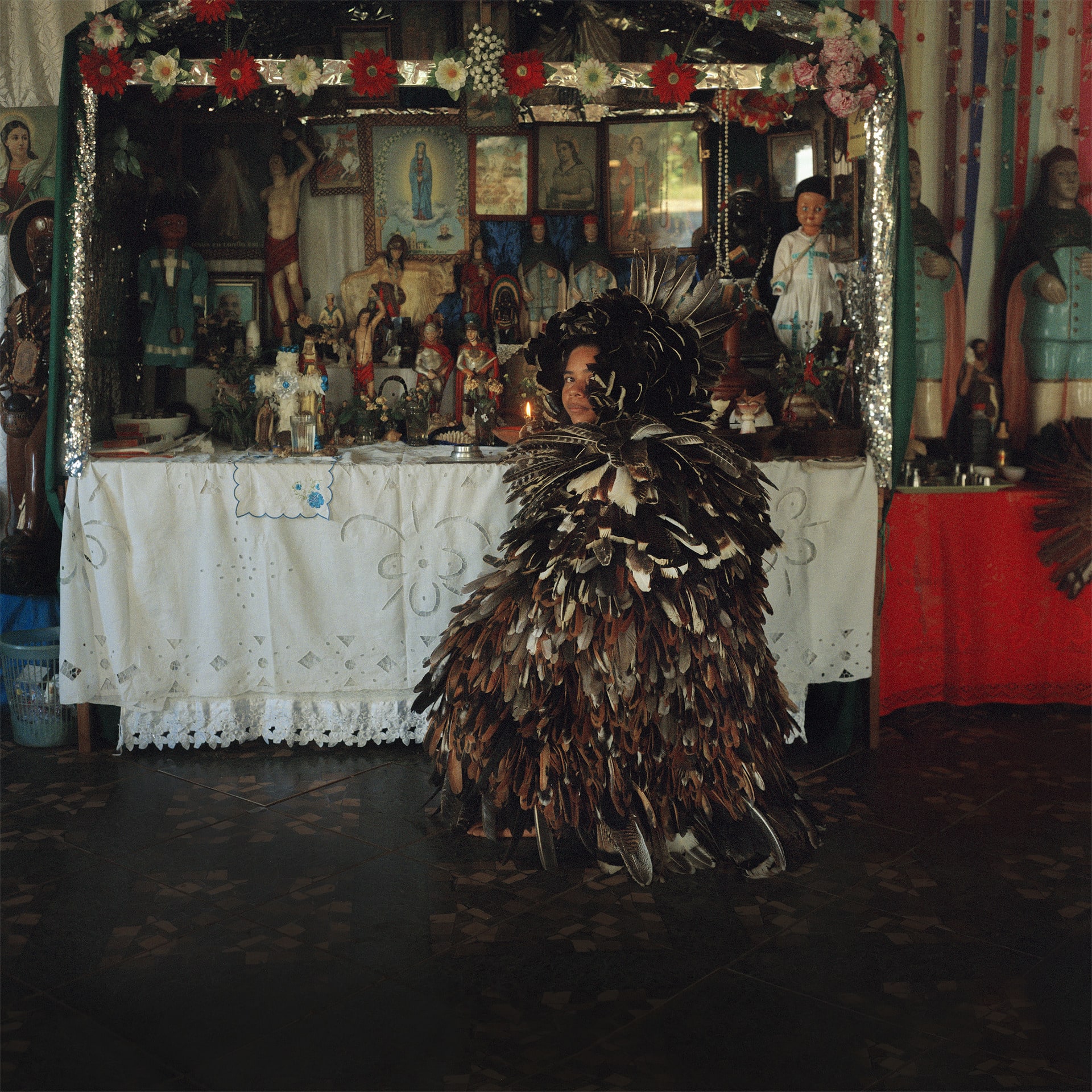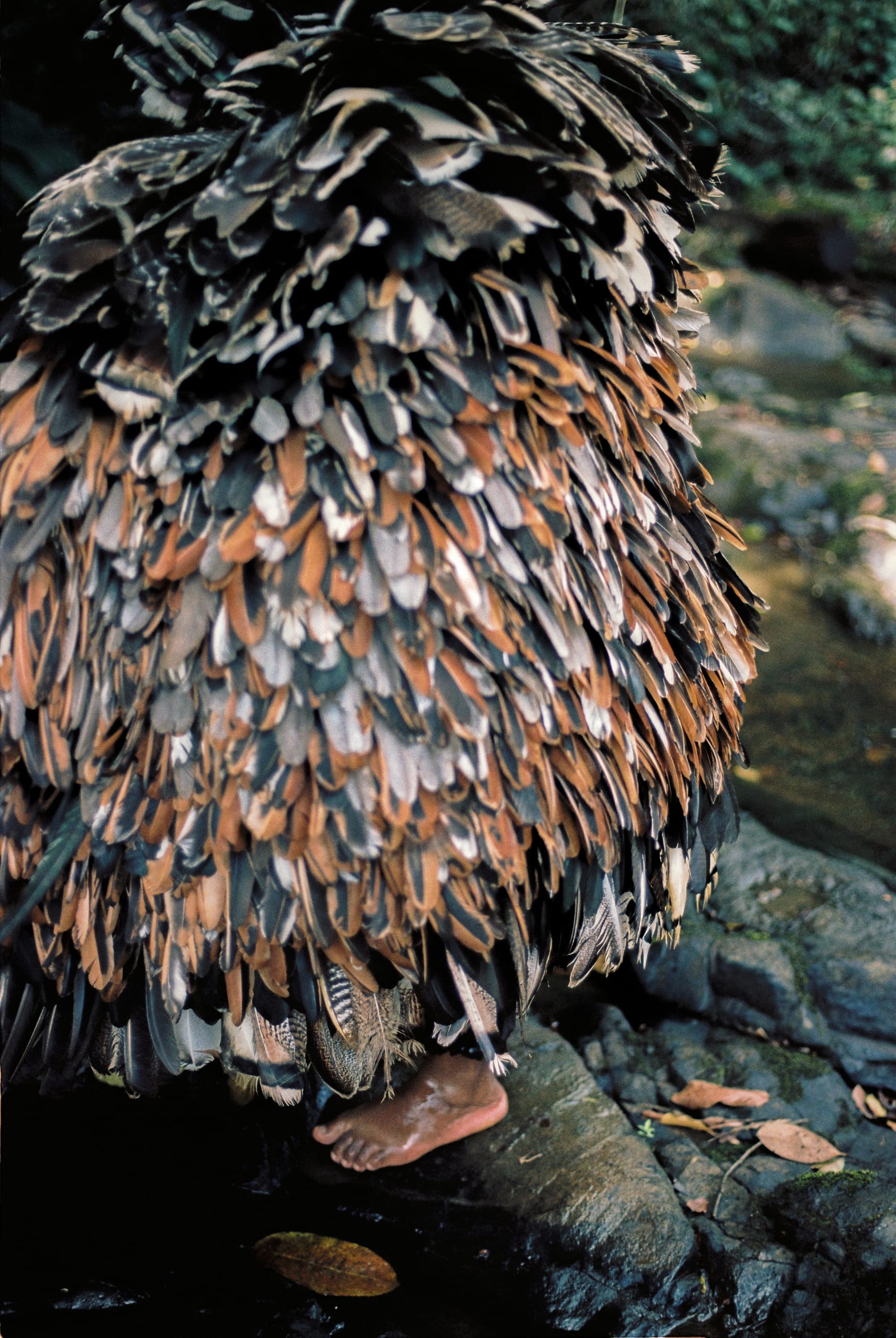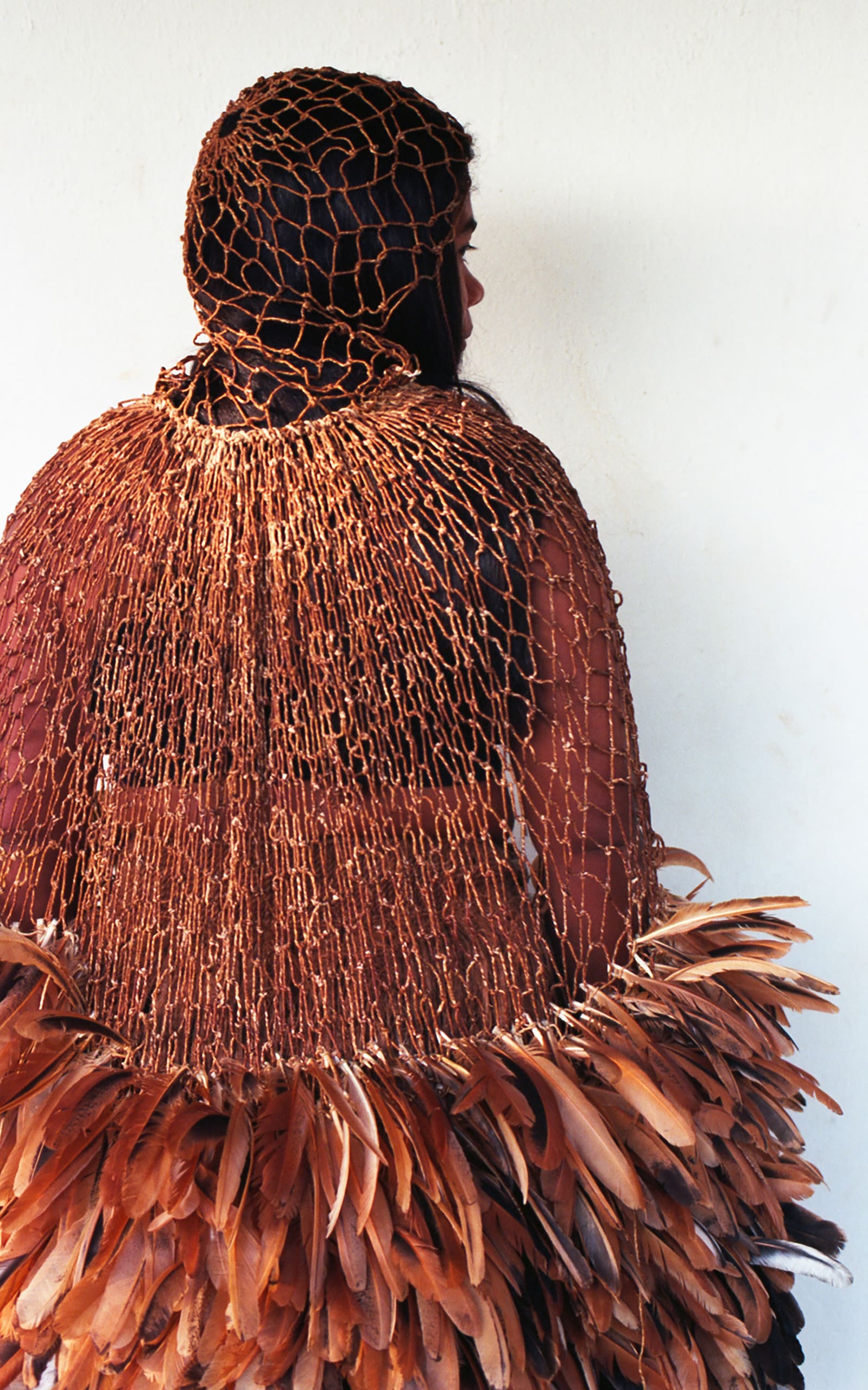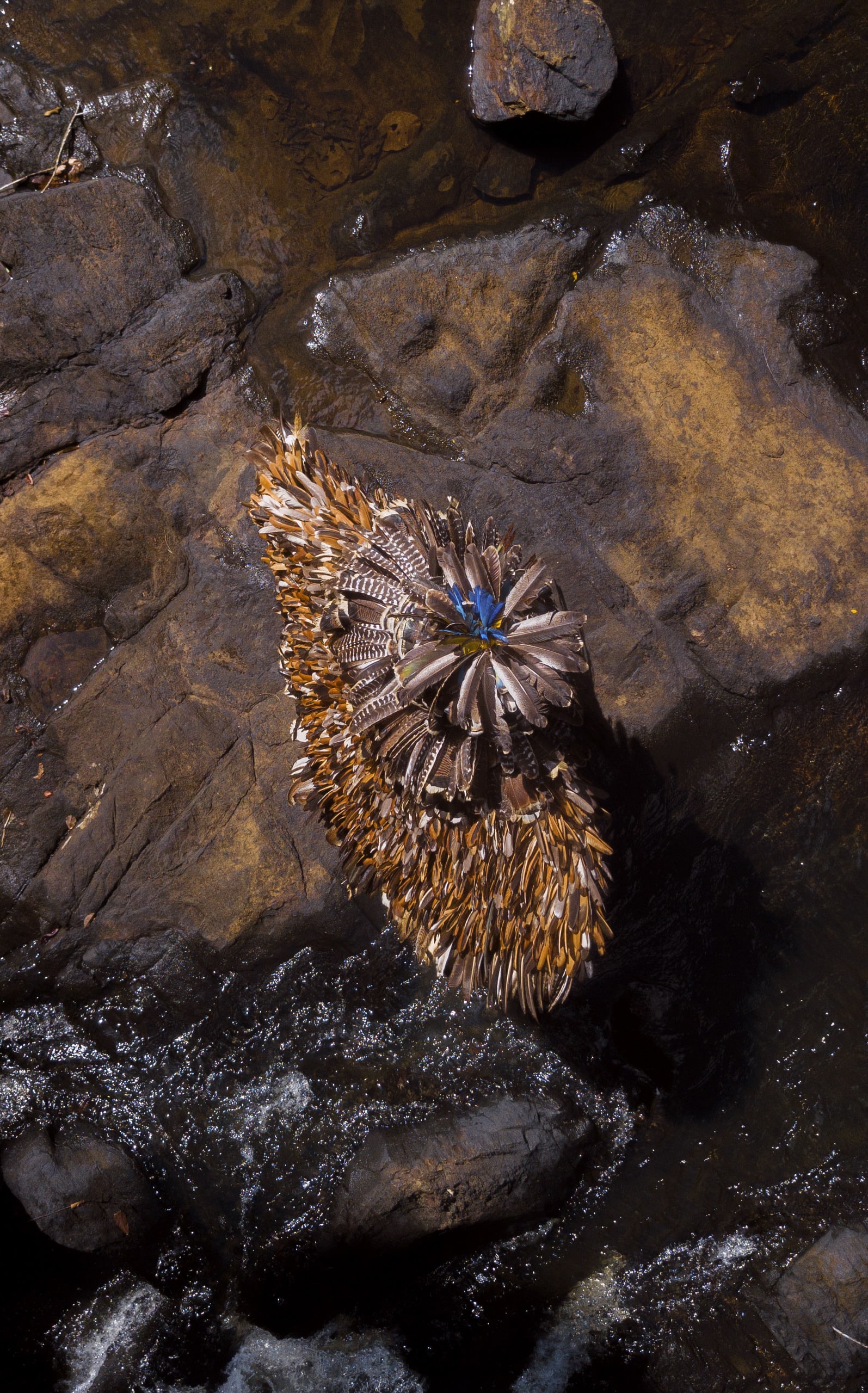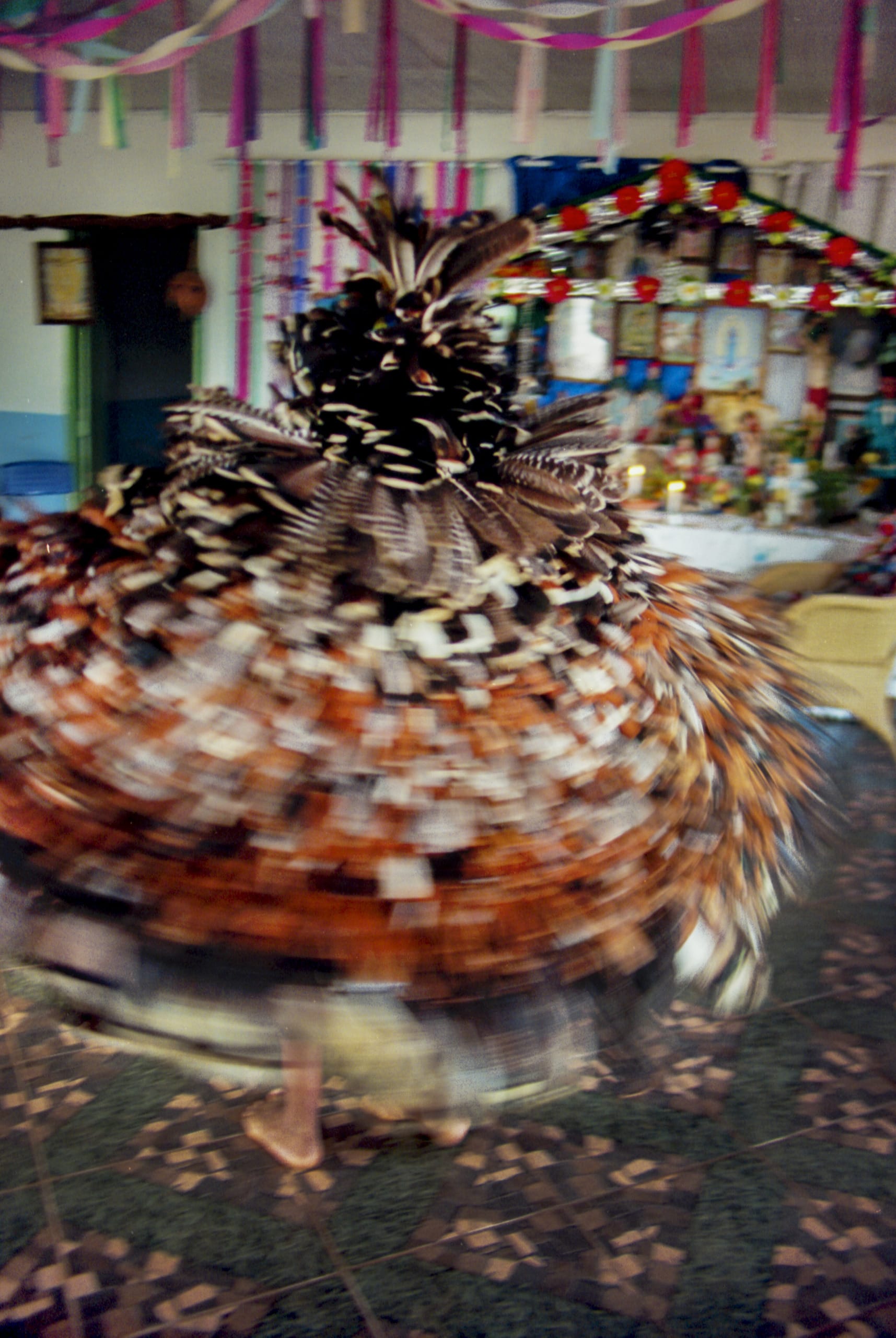Fernanda Liberti, born 1994, is a Brazilian artist working with photography and video. Even though she was interested in the arts from a very early age, mostly due to her great grandmother who was a fashion designer, she started photography at the age of 15.
In 2013 she moved to London to pursue her degree in Photography at London College of Communication (UAL). Having graduated with honours, and a Best in show award for her series 'FFF', Fernanda has continued her education at Royal College of Art where she got her MA in Photography in 2022, focusing her research on the Tupinambá capes.
Since then she has been working both artistically and commercially with major clients such as Chanel, Vogue, The Body Shop, Becks Beer, Haight and YUN. Her work has been featured in Revista Zum, Vogue, M Journal, Sleek Magazine, AnOther, Dier Grief, Marie Claire, among others. In 2022, She was selected as one of Dior's Laureates.
Growing up in Rio, she was surrounded by the rain forest and the beach whilst also living within a chaotic metropolitan city; this contrast between the natural and man-made world is a recurring theme that she explores in her work. Her photographs, videos, and collages invite the viewer to immerse themselves in the realities that they offer.
From forests and waterfalls to human bodies and surreal settings: her work is an attempt to understand our relationship to the ever-shifting environments in which we live. A study to explore post-colonial roles and experiences of people of colour, women and LGBTQ+ people in the twenty-first century.
Upcoming exhibitions:
Group:
24 June, ‘Is this Hope?’, Kato Wong Gallery, Online.
25-30 June, 'RCA Graduate Show, 2022'. Royal College of Art, London, UK.
6 July-September, Rencontres d’Arles photography festival, 2022 Dior Photography and Visual Arts Award for Young Talents, Luma Arts Centre, Arles, France.
15-19 August, 'After the Waiting Room'. Copeland Gallery, London, UK.
Solo:
15-24 September, Sheriff Gallery, Paris, France.
05-20 November, Refresco Gallery, Rio de Janeiro, Brasil.
